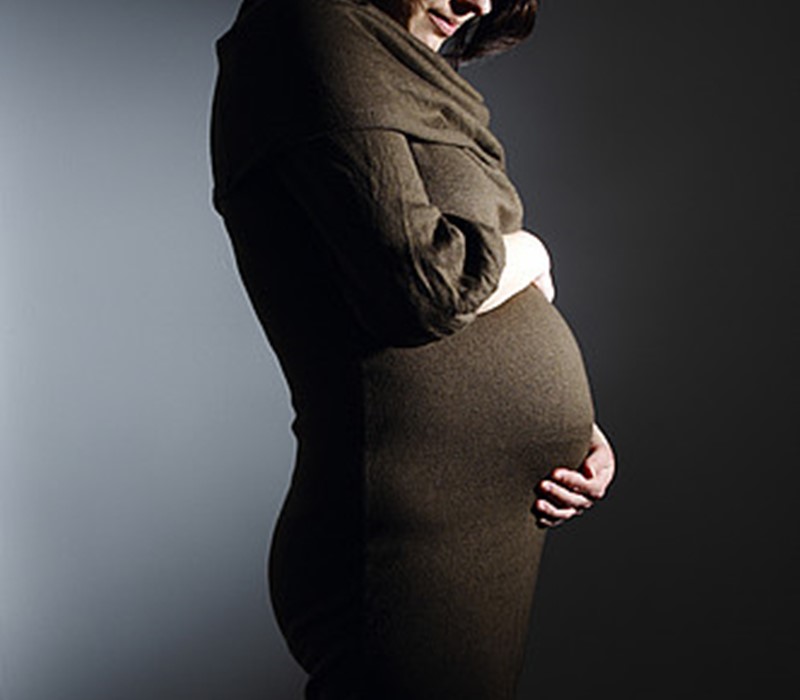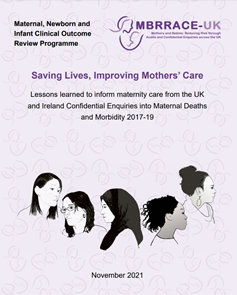
Maternal Death
How common is it?
Maternal death is epidemiologically a relatively rare event at just 9 women per 100,000 giving birth.
Why is it important to record and analyse maternal death rates and causes?
Although rare, maternal death has a huge impact when it does occur, not only for the family and friends left behind but also the staff and services involved.
Sometimes it is a double tragedy when the unborn baby also dies.
MBRRACE-UK (Mothers and Babies; Reducing risk through Audits and Confidential Enquiries across the UK) has replaced the UK Confidential Enquiry into Maternal deaths CEMD and now produces reports in collaboration with Ireland’s data from its confidential enquiry.
Click here to find out more and read latest report
How is maternal death defined?
Definitions of maternal deaths (World Health Organisation, 2010)
- Maternal death
Death of a woman while pregnant or within 42 days of the end of the pregnancy (includes giving birth, ectopic pregnancy, miscarriage or termination of pregnancy) from any cause related to or aggravated by the pregnancy or its management, but not from accidental or incidental causes
- Pregnancy-related death
Death of a woman while pregnant or within 42 days of termination of pregnancy, irrespective of the cause of death
- Direct
Deaths resulting from obstetric complications of the pregnant state (pregnancy, labour and puerperium), from interventions, omissions, incorrect treatment or from a chain of events resulting from any of the above
- Indirect
Deaths resulting from previous existing disease, or disease that developed during pregnancy and which was not the result of direct obstetric causes, but which was aggravated by the physiological effects of pregnancy
- Late
Deaths occurring between 42 days and 1 year after the end of pregnancy (includes giving birth, ectopic pregnancy, miscarriage or termination of pregnancy) that are the result of Direct or Indirect maternal causes
- Coincidental
Deaths from unrelated causes which happen to occur in pregnancy or the puerperium.
How is it reported?
Maternal deaths are reported to MBRRACE-UK by the staff caring for the women concerned, or through other sources including coroners, procurators fiscal and media reports. In addition, identification of deaths is cross-checked with records from the Office for National Statistics and National Records of Scotland.
Full medical records are obtained of all women who die and anonymised prior to undergoing confidential review.
The anonymous records are reviewed by a pathologist and clinical epidemiologist, together with an obstetrician or physician as required to establish a woman’s cause of death.
The care of each woman is then assessed by two obstetricians, two midwives, two pathologists, one or two anaesthetists and other specialist assessors as required, including pairs of psychiatrists, general practitioners, physicians, emergency medicine specialists and intensive care experts.
Each woman’s care is thus examined by between ten and fifteen expert reviewers. Subsequently the expert reviews of each woman’s care are examined by a multidisciplinary writing group to enable the main themes for learning to be drawn out for the MBRRACE-UK report.
MBRRACE-UK Mothers and Babies: Reducing Risk through Audits and Confidential Enquiries across the UK
Saving Lives, Improving Mothers' Care
Lessons learned to inform maternity care from the UK and Ireland Confidential Enquiries into Maternal Deaths and Morbidity 2017-2019
November 2021 - click the image below to read the report
(Image reproduced with permission)
References:
